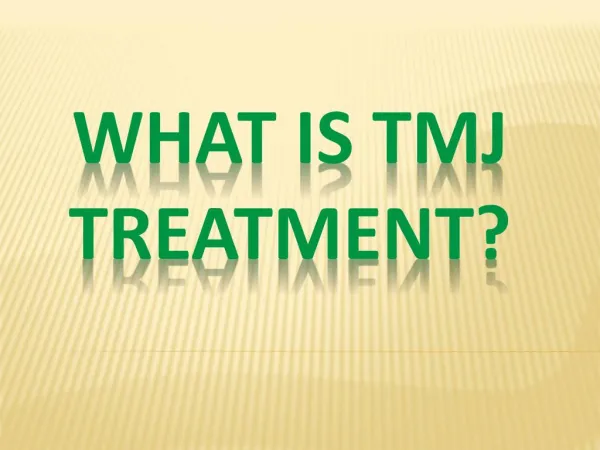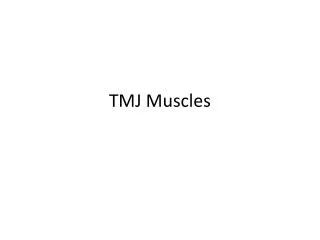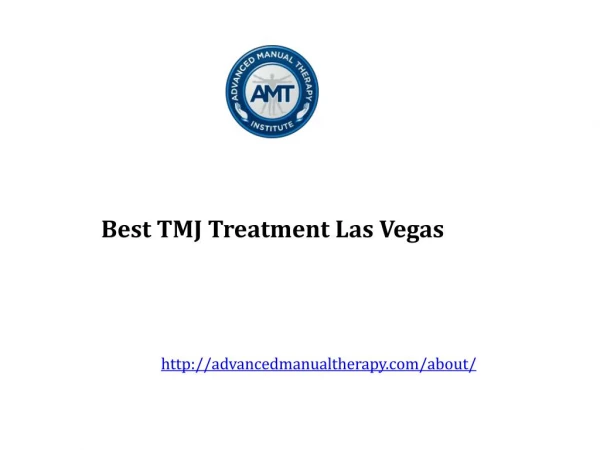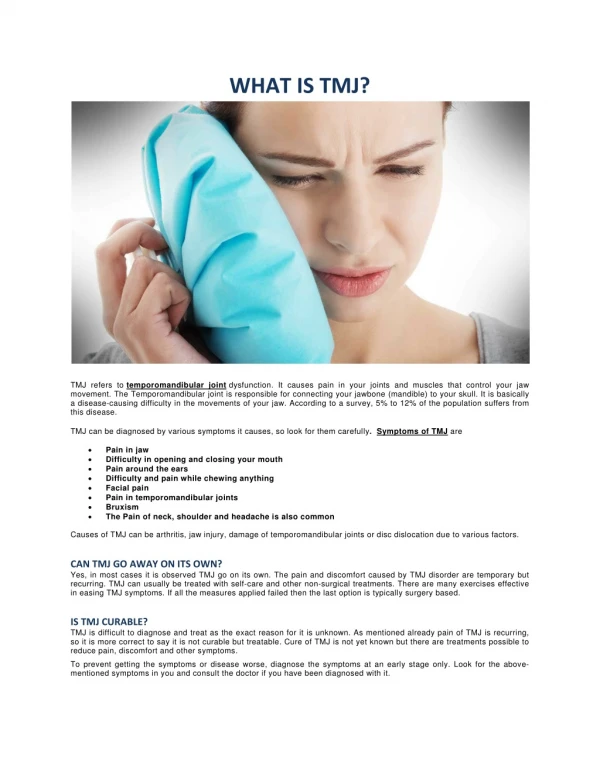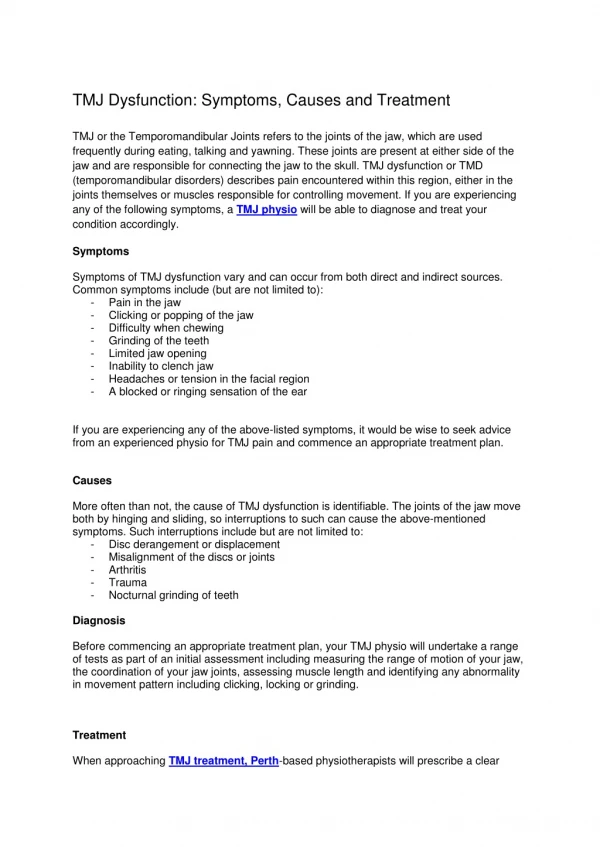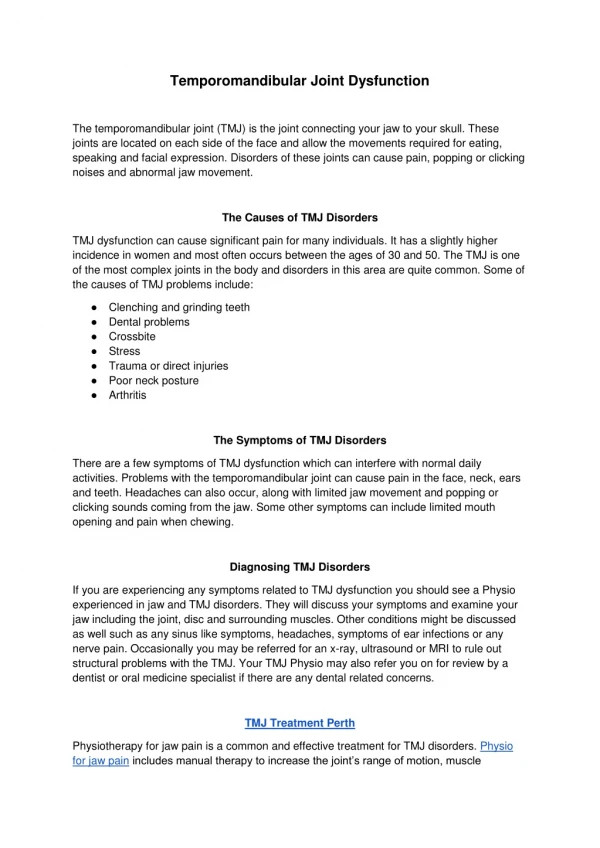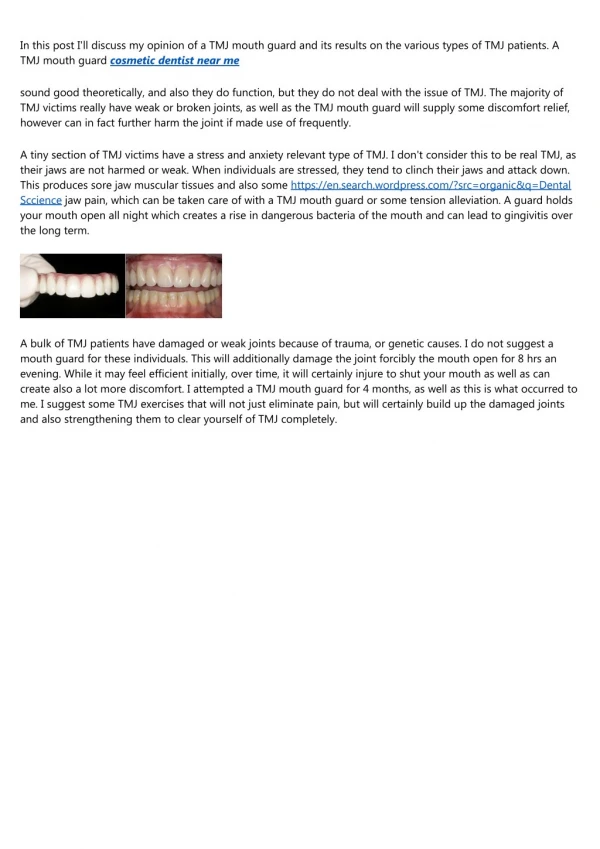What Is Tmj, Grinding Teeth While Sleeping, Tmj Disorder Treatment, Tmj Help, Tmj Night Guard
http://tmj-pain-relief.good-info.co What Is Tmj, Grinding Teeth While Sleeping, Tmj Disorder Treatment, Tmj Help, Tmj Night Guard. What is TMJ? The temporomandibular joint is the hinge joint of the jaw that connects the lower jaw (mandible) to the temporal bone of the skull. This joint is an articular disc composed of fibrocartilagenous tissue. It comprises, all in all, of six parts: mandibular condyles, articular surface of the temporal bone, capsule, articular disc, ligaments and lateral pterygoid. The TM Joint facilitates movement of the jaws, thereby allowing essential functions like talking, eating and swallowing. Needless to say, the slightest afflictions caused to this joint, disrupt a great deal of its basic functions. The most common affliction that occurs is the TMJ Disorder. So, what is TMJ Disorder? The TMJ Disorder is a term used to describe an acute inflammation of the TM Joint. It is categorized in three ways: 1.By myofascial pain: The fascia is the tissue that connects the different parts of your body. Fascia around the muscles is called myofascial. Thus, any injury to the myofascial, will automatically adversely affect the muscles. The most common TMJ disorder is associated with myofascial pain in the jaw muscles and neck. 2.By internal injury: Any dislocation, injury, or indeed, any derangement in the joint results in TMJ disorder.
★
★
★
★
★
204 views • 5 slides



